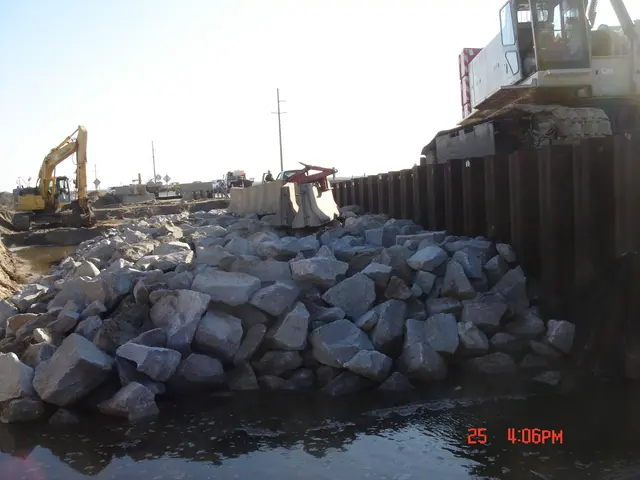NASA Initiative Utilizes Public Scientific Input for Enhanced Hurricane Response Management
NASA Launches New Pilot Program to Boost Hurricane Disaster Recovery
NASA has announced the launch of a new pilot program called Response Mapper, aimed at expediting hurricane disaster recovery efforts. The program invites the public, particularly those living in the Southeast, to participate during the summer and fall.
The NASA Response Mappers program is designed to empower community members curious about science and their environment, amateur storm watchers, nature photographers, and those who want to support disaster resilience. By taking land cover photos of the same location over time, ideally once a week or month, citizens can contribute valuable data to the project.
One of the key challenges disaster response teams face is obtaining clear, localized information, especially in rural areas. Citizen-submitted photos can help fill any blind spots in satellite data and verify conditions on the ground, providing a more comprehensive understanding of the situation.
Once the season ends, the NASA Response Mappers program aims to tell a story of everyday people helping NASA deliver life-saving insights. Photos submitted by the public can help first responders determine where to send cleanup crews and help NASA inform state and federal agencies about potential crop losses.
To participate in the NASA Response Mappers program, citizens can download the GLOBE Observer app on their smartphones. The app provides guidance on what types of photos to take and how to geotag and time-stamp them. These images will be shared with emergency responders, in addition to data from satellites and field reports.
It's important to note that citizen scientists are reminded to stay safe and never take photos during dangerous conditions while participating in the NASA Response Mappers program. The program is especially beneficial for those who want to actively support their communities before a potential storm hits.
Satellite imagery may miss short-lived impacts due to factors such as cloud cover, orbit timing, or data processing delays. By involving the public, NASA Response Mappers aims to improve data that directly supports hurricane disaster response efforts.
The NASA Response Mappers program will use before-and-after photos submitted by the public to track conditions on the ground. This citizen science approach gives NASA more eyes on the ground, enabling them to better serve communities in need.
The program will run through Oct. 31, so if you're interested in supporting disaster resilience and learning more about your environment, download the GLOBE Observer app today and start contributing to the NASA Response Mappers program.








